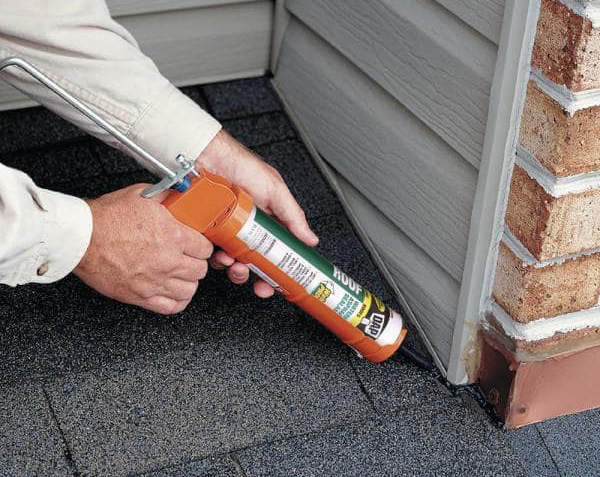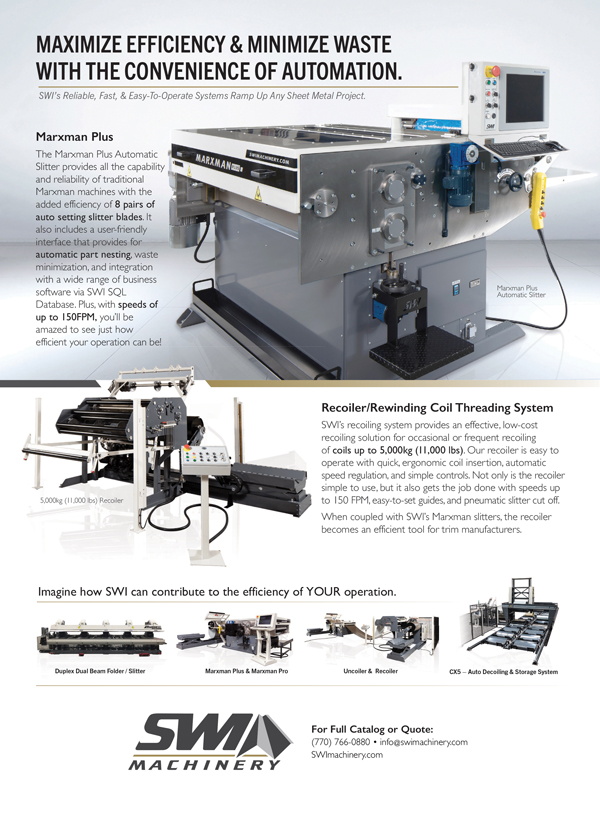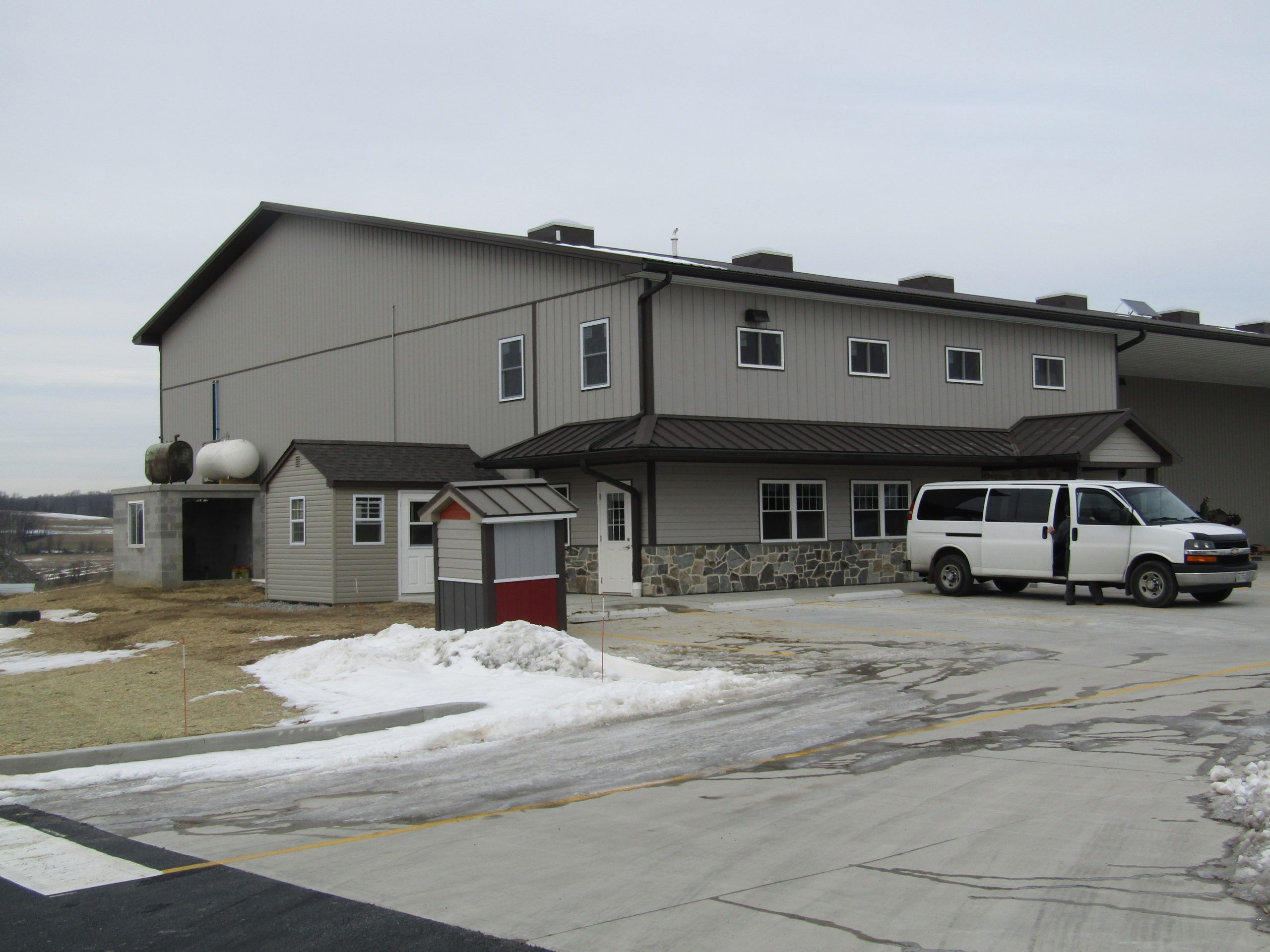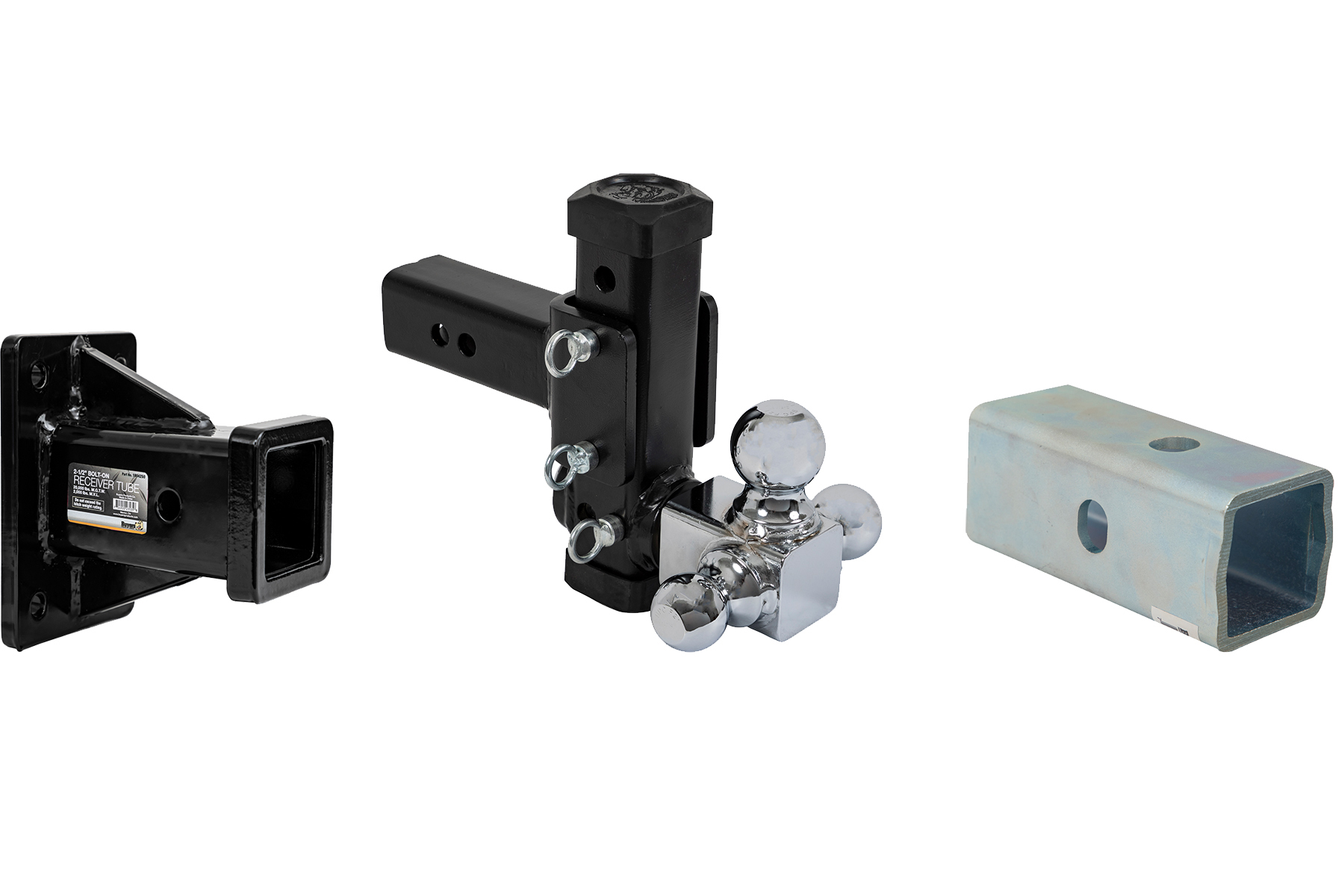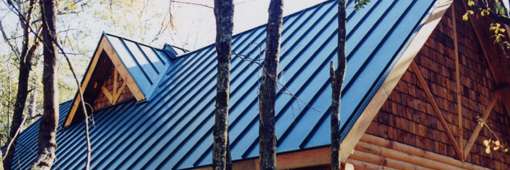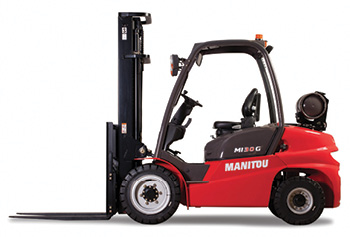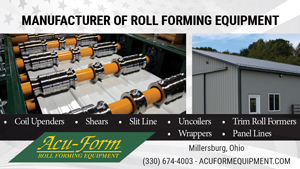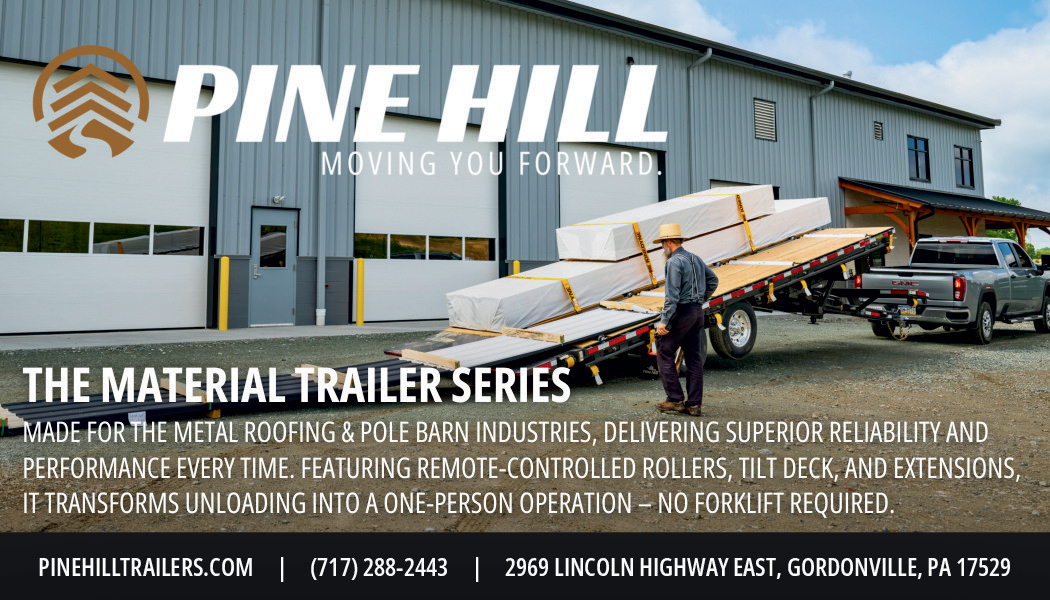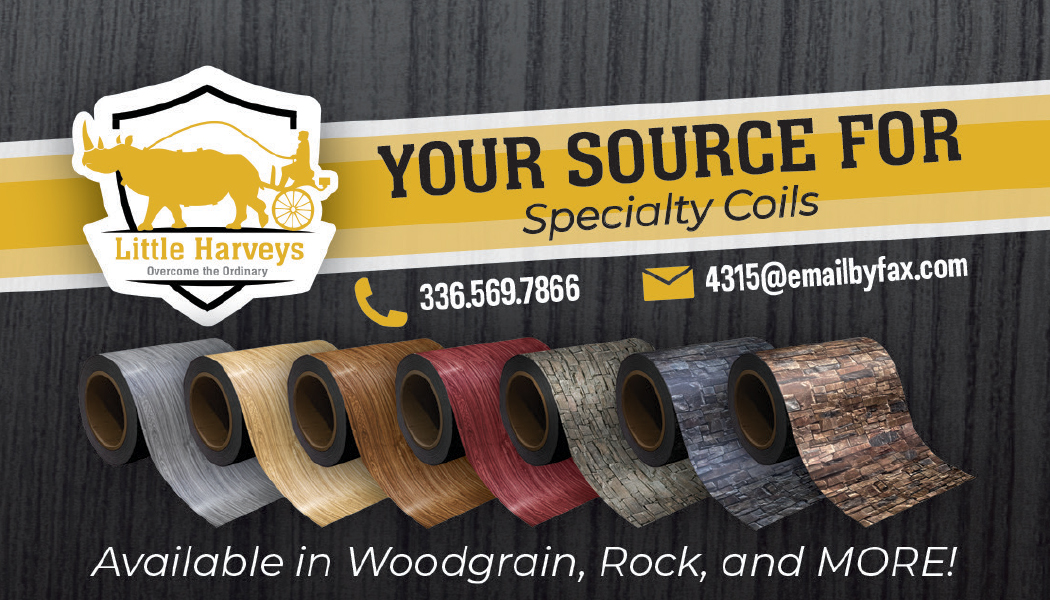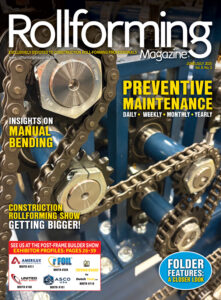By Anthony Brass
Metal panels with hidden fastener systems don’t require sealants directly underneath. However, sealants for other parts of a metal roof, including hips, rakes, ridges, skylights, boots over vents or other protrusions with exposed fasteners, are necessary to form a barrier against moisture and to seal surfaces. You use the versatile and durable butyl tape as a sealant, as well as caulks. Challenges differ between sealant types.
Under the Elements
Most builders we spoke to mentioned caulk sealants drying or cracking some time after application. These are inexpensive options and water-based or highly plasticized. Over time, temperatures generated on a metal roof and UV rays affect the composition and structure of these types of sealants and they dry out, shrink, become brittle and crack. When applying sealants to areas on the metal roof, you want a product with long-lasting properties.
Manufacturers recommend using a curing elastomeric product. These superior caulks accept moisture from the air, or are mixed with a curing agent, which causes it to solidify into a stretchy solid. These have a wider range of flexibility that lasts for years.
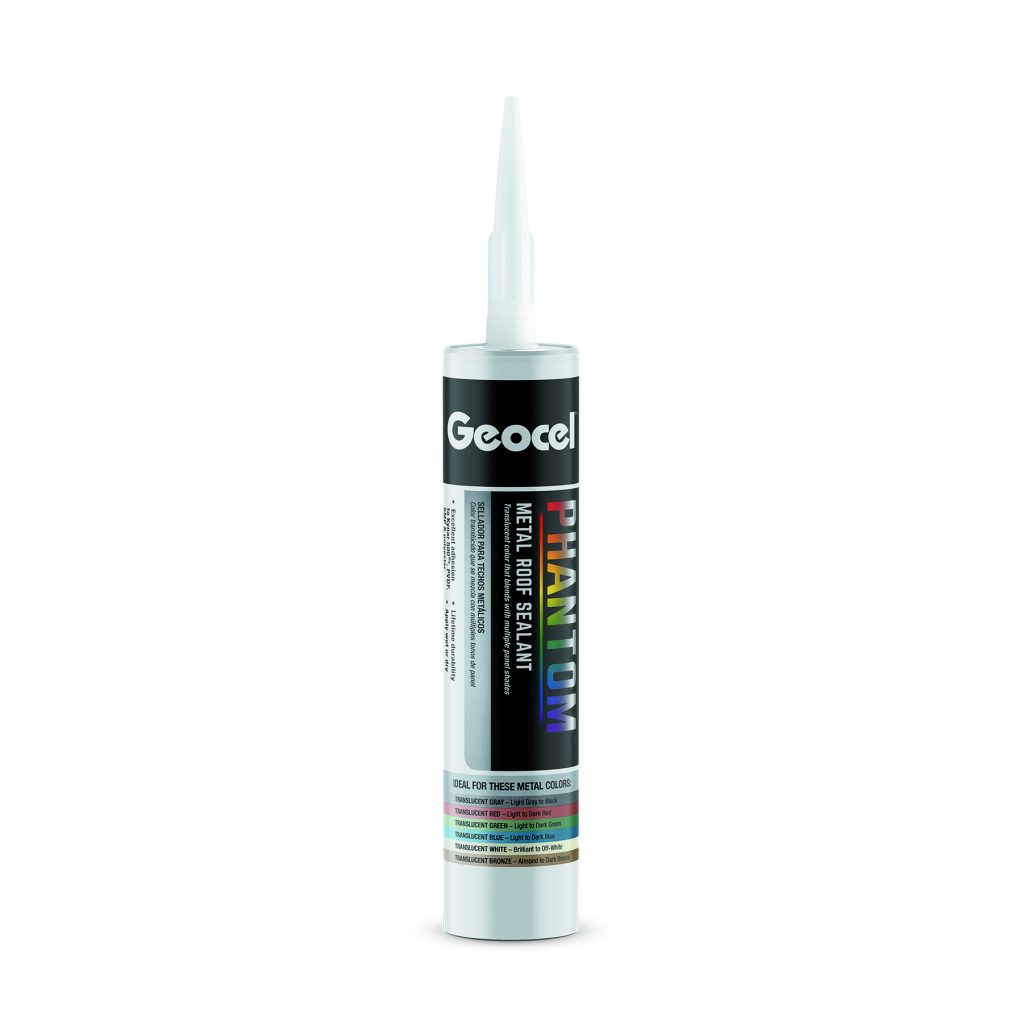
Use sealants with solvent-based materials that cure by evaporation. Solvent-based products are very forgiving in weather. Apply sealants that are a hybrid: a combo of polyurethane and silicone. Quality caulk doesn’t crack. But, if too little sealant is applied to the joint, and the adhesion characteristics are strong, the sealant will stick to the sides and crack down the middle. If the sealant is pulling away from the sides of the substrate, the characteristics of the adhesive bond are less potent than the cohesive properties.
Latex sealants are less expensive but crack. These are found in retail stores and aren’t effective for metal roofs. Instead, use a high-grade, modified silicone caulk. These provide elongation properties and are clear.
When working in very hot conditions, sealants can run out of the tube or fall on areas outside of your target. This causes a mess on a roof or workspace that’s difficult to clean up. Thicker sealants aren’t always better. Use a caulk that stays “in solution,” even in higher temperatures. These formulas are developed and based on rheology tests that study the deformation and flow of fluids in different conditions. You’ll have to dig a little to find specific results on your sealant.
You want a clean release of the sealant from the gun end to the metal. Use a caulk gun where the plunger doesn’t push out, but pulls back when triggered. These allow a cleaner, balanced flow. Don’t store sealants outside in hot conditions when not use. Storage location of product is important. It’s not advised to leave these in the back of a hot truck or out in humid conditions overnight. All sealants “gun” differently; this varies according to temperatures.
Some sealants become hard and are difficult to extrude in cold winter months, even moments after released from a tube. Use caulk that stays softer for longer periods after it’s applied, in any season. These stay softer right out of the tube for easier application in frigid conditions. Use sealants in plastic, not paper tubes, and those formulated for cold weather.
Adhesion, Discoloration, & Dirt
The long-term adhesion of caulk to metal is another pain point. The adherence to metal is slowly lost over time, which leads to leaks. Use sealants with advanced polymers. Products with these in their formulas provide consistent adhesion to metal. Choose caulk with the properties of both a silicone and urethane product. These possess the elasticity and stability of a liquid adhesive, as well as high water resistance and strong adherence to metal as urethane. Always apply sealants to a clean, dry surface.
Polyether-based sealants provide effective adhesion to metals. These are formulated with polymers that allow adherence to many surfaces.
There are different sealant classes for determining how much movement the caulk will take. Many are “Class 35,” designed for moving up 35% of the joint width in each direction. Use a Class 50 sealant in metal applications.
White-colored caulk suffers discoloration and may yellow. These use impure raw materials. Find sealants with pure materials to prevent color change. Polyurethanes promote discoloration in sealants; don’t use these types. Instead, use products with UV inhibitors to prevent discoloration. Manufacturers are developing both clear and colored sealants to match any color metal, with properties to prevent loss or change in color.
Some sealants remain tacky, even well after drying. These collect dirt and dust easily. Use a caulk that loses its tackiness after drying, 24-48 hours later. A sealant needs to optimize its cure cycle to prevent dirt accumulation. Use products with faster setting times.
Copper and other Metals
Certain metals like copper don’t work well with caulk. When copper is milled an oil residue is produced. This residue doesn’t allow products to bond effectively with the metal. In addition, patina grows under copper. When caulk is used with copper, this grows under the sealant, too, and the application and copper become separated. Use a neutral-cure silicone sealant, as this maintains its adhesiveness to copper longer.
Another challenge is sealants pulling away from galvanized metal. Though rarely practiced, some find it’s sometimes necessary to prevent separation using abrading, etching into the metal surface to get a mechanical purchase of the sealant to the product. If this is done it takes away the protective paint coating and galvanizing properties from the metal.
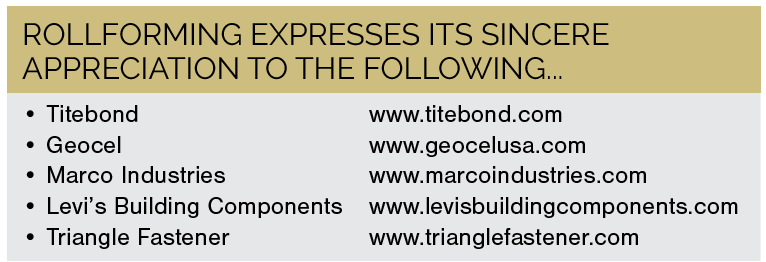
Some sealants are specifically made to work better with certain pre-applied panel coatings. Manufacturers produce sealants specifically made for panels coated with Kynar, a superior coating that lessens the effects of UV. Know what your panels are coated with ahead of time and which products are best for adhering to that metal’s paint system.
Butyl Tape
Butyl tape possesses superior adhesive strength, is easy to apply, and is very effective when sliding two pieces of metal together, lapping them over each other (overlaps) and non-exposed joints, and for protecting and sealing seams and vents. Many prefer butyl tape because it is a solid rubberized material that adheres to many surfaces, doesn’t dry out, retains its tackiness and provides years of protection against the elements. This component is popular on commercial buildings or systems with mechanical seams.
Butyl tape isn’t ideal as a sealant when sliding a boot over plumbing ventilation or other similar type of roof protrusion. In this scenario, use caulk, as it provides a tighter fit for the inside wall of the boot that stays right up against the object. Plus, caulk isn’t exposed to the sun so it keeps its adhesiveness.
Conclusion
Make note of the positives and negatives of sealants. All sealants are important in a metal roof component list. Each product provides versatility and different ways of protecting and sealing parts of a roof for years to come. RF


